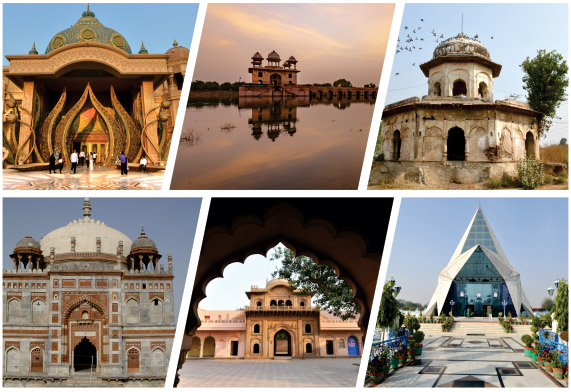Hanuman Dhoka Temple is a historic temple located in the heart of Kathmandu, Nepal. The temple complex is named after Hanuman, the Hindu monkey god, and the term “Dhoka” means gate or entrance in Nepali. The temple complex dates back to the 4th century AD, and over the centuries, it has been expanded and renovated by various rulers of Nepal. The complex is now a UNESCO World Heritage site, and it is considered to be one of the most important cultural landmarks in Nepal.
The complex includes several buildings, including the Hanuman Dhoka Palace, which was the royal palace of the Malla kings of Nepal. The palace features intricate carvings and designs, and it is a prime example of traditional Nepali architecture.
The temple complex also includes several other important temples and shrines, including the Taleju Temple, the Kasthamandap Temple, and the Basantapur Tower. The Taleju Temple is dedicated to the goddess Taleju Bhawani and is considered to be one of the most important temples in Nepal.
Visitors to the Hanuman Dhoka Temple can explore the palace and temple complex, and learn about the rich history and culture of Nepal. The complex also hosts several cultural events and festivals throughout the year, including the Indrajatra festival, which is celebrated in honor of the Hindu deity Indra.
Overall, the Hanuman Dhoka Temple complex is a must-visit destination for those traveling to Kathmandu, offering a glimpse into the rich cultural heritage and history of Nepal.


